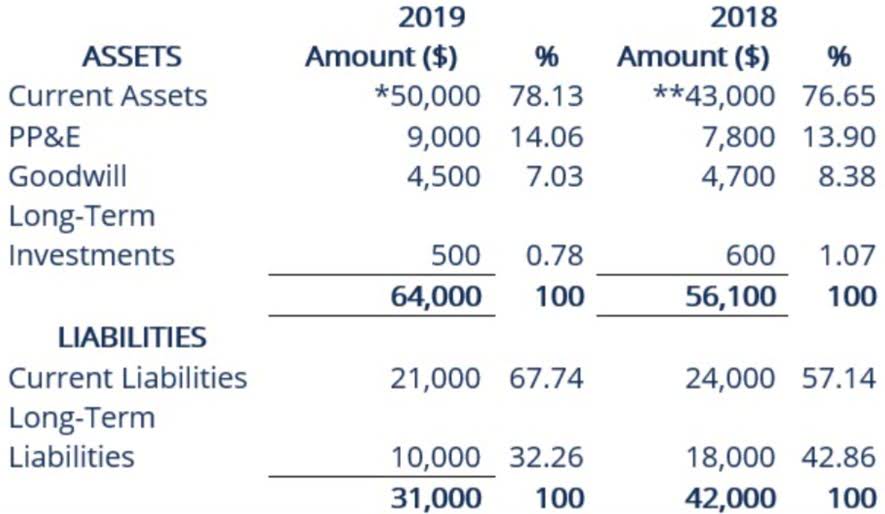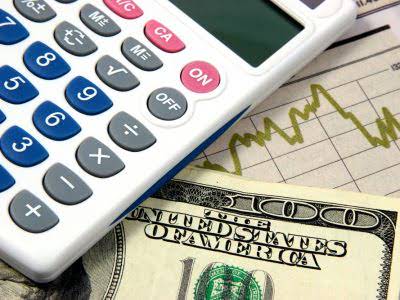
Dummies has always stood for taking on complex concepts and making them easy to understand. Dummies helps everyone be more knowledgeable and confident in applying balance sheet for dummies what they know. Balance sheets can be used to analyze capital structure, which is a combination of your business’ debt and equity. Lenders will factor them into their decisions when doing risk management for credit.

Solvency Ratios: Evaluating Long-Term Financial Stability
With that in mind, we can see that Apple has a total of about $352.6 billion in assets on its balance sheet. Every publicly traded company issues a series of financial statements on at least a quarterly basis. The balance sheet is perhaps the statement most indicative of a company’s financial health. If necessary, her current assets could pay off her current liabilities more than three times over. It shows in one place how much the business owns (assets) and owes balance sheet (liabilities). The report is used by business owners, investors, creditors and shareholders.
- External auditors, on the other hand, might use a balance sheet to ensure a company is complying with any reporting laws it’s subject to.
- Unfortunately, he’s addicted to collecting extremely rare 18th century guides to bookkeeping.
- Shareholder equity or Owner’s equity is the difference between a company’s assets and liabilities.
- Collecting money in person (at a storefront, marketplace, etc.) can get pricey.
- A brief review of Apple’s assets shows that their cash on hand decreased, yet their non-current assets increased.
- In all cases, net Program Fees must be paid in full (in US Dollars) to complete registration.
International Accounting

The total owners’ equity may be traceable to capital invested by the owners in the business as well https://www.bookstime.com/bookkeeping-services/fort-lauderdale as profit retained in the business. The total of these two sources of owners’ equity is $1.5 million. The balance sheet presents the balances (amounts) of a company’s assets, liabilities, and owners’ equity at an instant in time. Current assets are assets that are often used up within one year. They include cash, receivables, inventory, and short-term investments. The current assets are employed for running current operations and for maintaining adequate cash for meeting short-term liabilities.

Account format
Working capital, the difference between current assets and liabilities, is also key for short-term financial health. By checking these ratios often, you can understand a company’s financial strength and how well it runs. A balance sheet shows a company’s financial state at a certain time. It’s one of the main financial statements used in finance and accounting. By understanding assets, liabilities, and equity, you can see a company’s financial strength and growth potential.

- Sandra’s areas of focus include advising real estate agents, brokers, and investors.
- This can include filing yearly taxes, tracking spending and tax rates, as well as assisting employees with setting up tax forms.
- Assets can be split into three sections – current assets, fixed assets, and intangible assets.
- If a company takes out a five-year, $4,000 loan from a bank, its assets (specifically, the cash account) will increase by $4,000.
- Tangible property, such as a factory, is the most obvious example.
- This issue is particularly crucial when you compare a large company with a smaller one.
Not only will this help offset some upfront expenses, but it will also contribute to your business’s overall credit. Also, Corporations and LLCs are required to have a separate line of credit outside their personal accounts. Look for a bank that has a local branch as well as robust online banking. Also, be sure the bank can integrate with your point-of-sale (POS) system and other technological needs.
- Current liabilities refer to debts or financial obligations that must be settled within a year.
- It cannot provide a sense of financial trends playing out within a company on its own.
- He may want to take a look at his inventory, and see what he can liquidate.
- The balance sheet is perhaps the statement most indicative of a company’s financial health.
- Similar to the current ratio and quick ratio, the debt-to-equity ratio measures your company’s relationship to debt.
